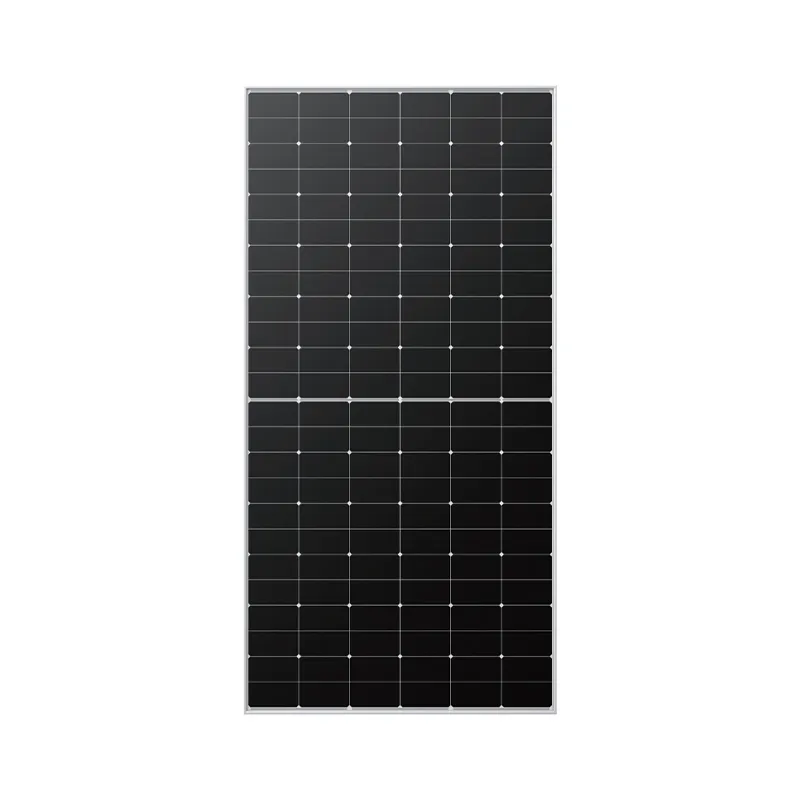solar array sizing
Understanding Solar Array Sizing A Guide to Optimizing Solar Energy Systems
As the world increasingly turns to renewable energy sources, solar power has emerged as a leading option for both residential and commercial applications. One of the critical factors in maximizing the benefits of solar power is the proper sizing of solar arrays. This article will explore the fundamentals of solar array sizing, the key considerations involved, and how to determine the optimal size for your solar energy system.
What is Solar Array Sizing?
Solar array sizing refers to the process of determining the appropriate number and size of solar panels needed to fulfill the energy demands of a specific application. Proper sizing ensures that the system is neither overly large—leading to unnecessary costs and wastage of space—nor too small, which can result in insufficient energy production.
Factors Influencing Solar Array Sizing
Several factors influence the sizing of a solar array, and understanding these can help homeowners and businesses make informed decisions
1. Energy Consumption The first step in sizing a solar array is assessing the energy consumption of the property. This involves analyzing past electricity bills to determine average monthly usage. By understanding kilowatt-hours (kWh) consumed, one can better estimate the number of panels needed to offset this consumption.
2. Solar Panel Efficiency Different solar panels exhibit varying levels of efficiency, usually expressed as a percentage of sunlight converted into usable electricity. Higher efficiency panels are capable of producing more energy in a given space, which may lead to the installation of fewer panels compared to lower efficiency ones.
3. Roof Space The available roof area also plays a significant role in array sizing. It's essential to evaluate the orientation, angle, and shading of the roof, as these factors can impact the energy production of the solar panels. South-facing roofs with minimal shading are often ideal for optimal solar exposure.
4. Local Climate The geographic location of the installation site affects solar energy generation. Regions with high solar radiation will yield more energy than those with frequent cloud cover or precipitation. Understanding the local weather patterns and daily sunlight hours can help in estimating the expected energy output of the solar array.
solar array sizing

5. Inverter Sizing The inverter is the device that converts the direct current (DC) generated by the solar panels into alternating current (AC) used by most home appliances. Proper inverter sizing is crucial, as it should be capable of handling the array's peak production without being oversized, which could lead to inefficiencies.
Calculating Solar Array Size
To calculate the optimal size of a solar array, one can follow these basic steps
1. Determine Monthly Energy Usage Examine utility bills for an average monthly energy consumption figure (in kWh).
2. Estimate Solar Production Use tools or resources that factor in local solar insolation (the average solar radiation received) to estimate how much energy a solar panel can produce monthly based on its wattage.
3. Calculate the Number of Panels Divide your average monthly energy consumption by the estimated monthly energy production of a single panel. This will yield the number of solar panels required to meet your energy needs.
4. Adjust for Efficiency Consider the overall system efficiency, including losses from inverter conversion and potential shading. It's wise to add a buffer of around 10-20% to your initial calculation to account for these factors.
Conclusion
Appropriately sizing a solar array is a pivotal step in harnessing the full potential of solar energy. By carefully evaluating energy consumption, panel efficiency, local climate, and available space, one can design an effective solar power system that meets both current and future energy needs. As solar technology continues to evolve, embracing the right sizing strategy can lead to significant energy savings and contribute to a more sustainable energy future. Whether you are a homeowner looking to reduce energy bills or a business aiming to promote eco-friendly practices, investing time in proper solar array sizing is an essential first step in your solar journey.
-
String Solar Inverter: The High-Efficiency Solution for Smart Solar EnergyNewsJul.14,2025
-
Revolutionizing Rooftop Energy with the Power of the Micro Solar InverterNewsJul.14,2025
-
Power Independence with Smart Off Grid Solar Inverter SolutionsNewsJul.14,2025
-
On Grid Solar Inverter: Powering the Future with Smart Grid IntegrationNewsJul.14,2025
-
Monocrystalline Solar Panels: High-Efficiency Power for the Future of Clean EnergyNewsJul.14,2025
-
Bifacial Solar Panel: A Smarter Investment for Next-Generation Energy SystemsNewsJul.14,2025







